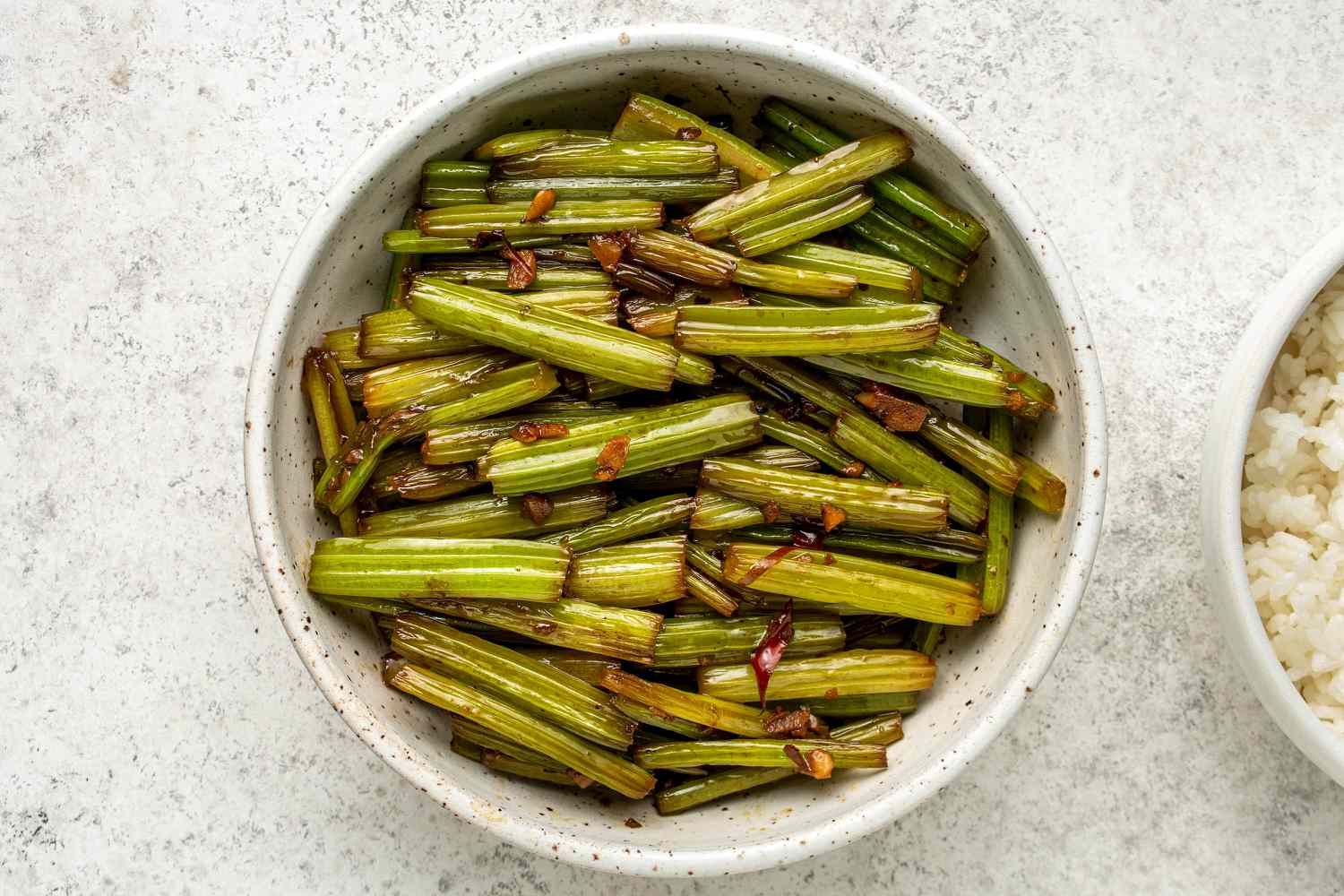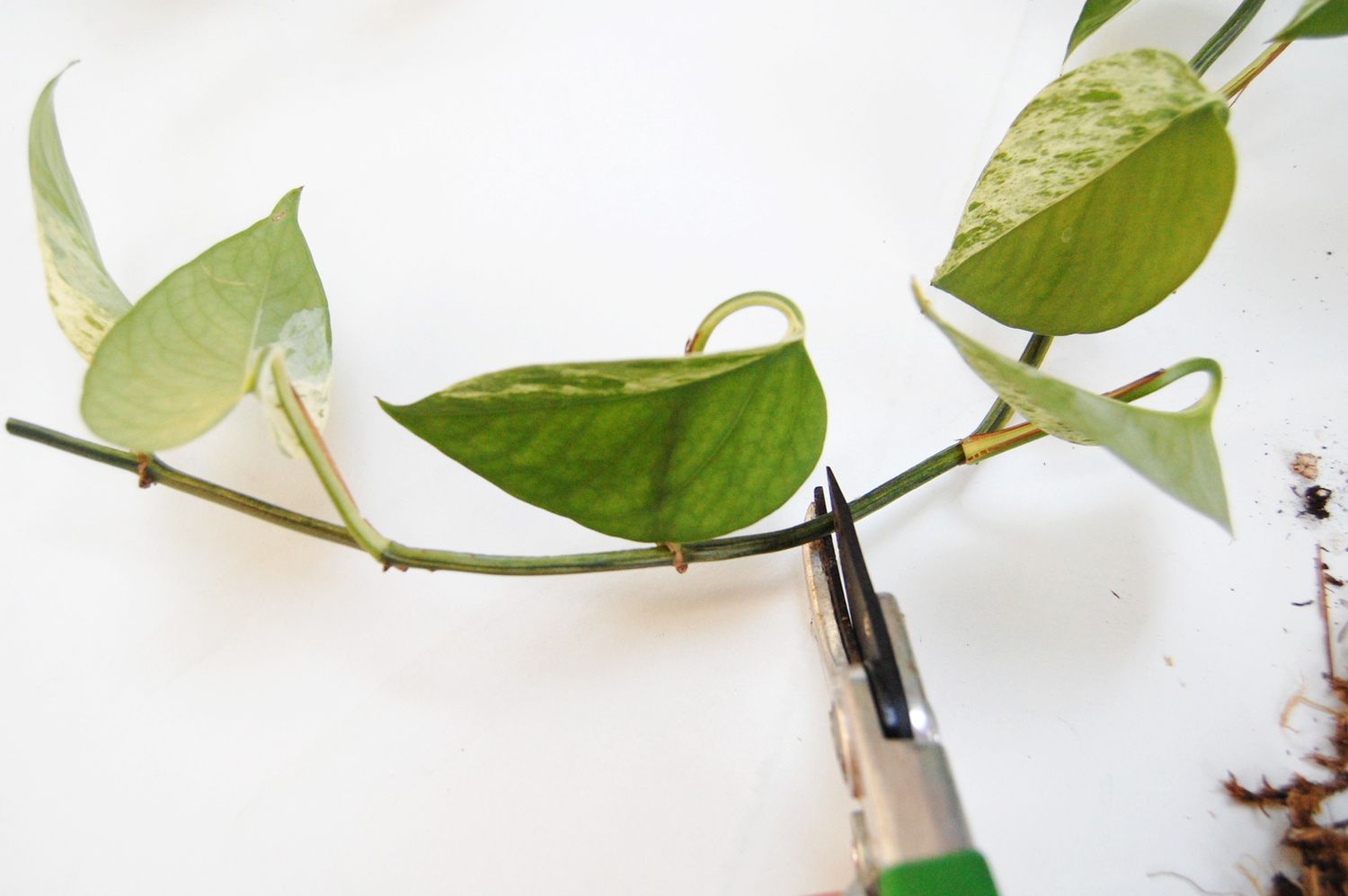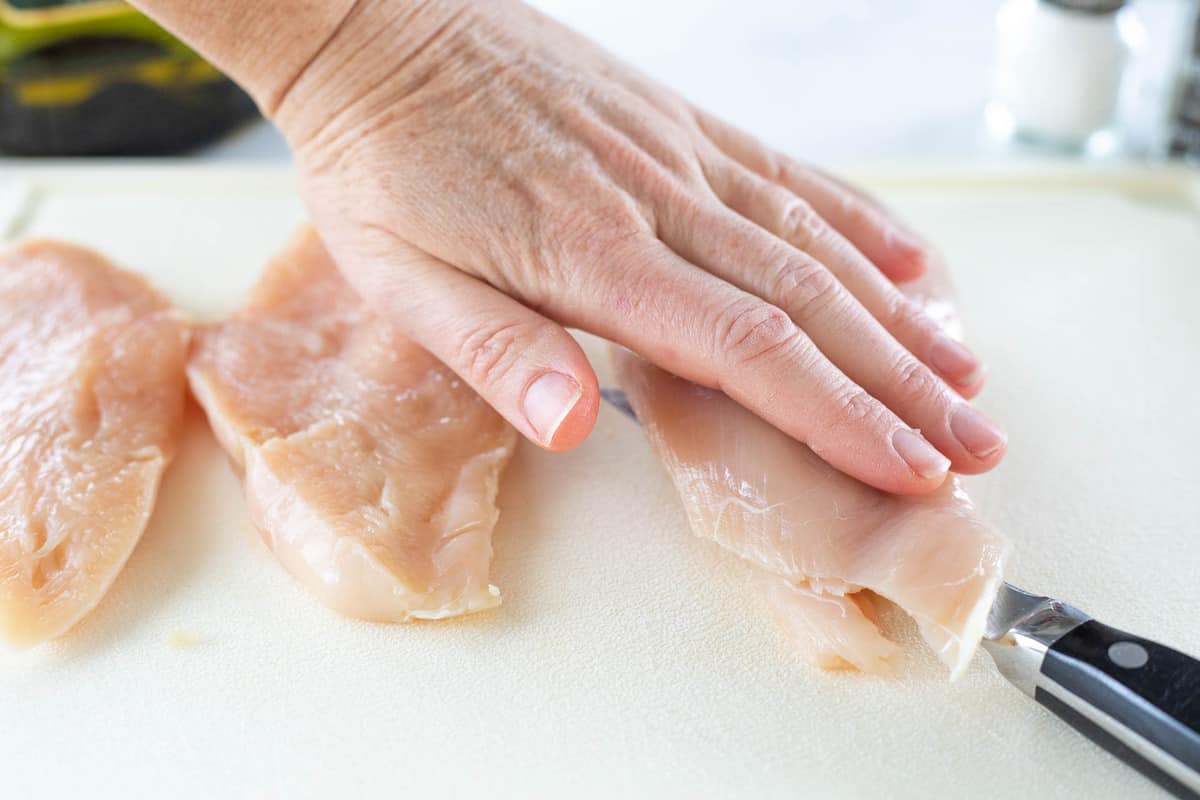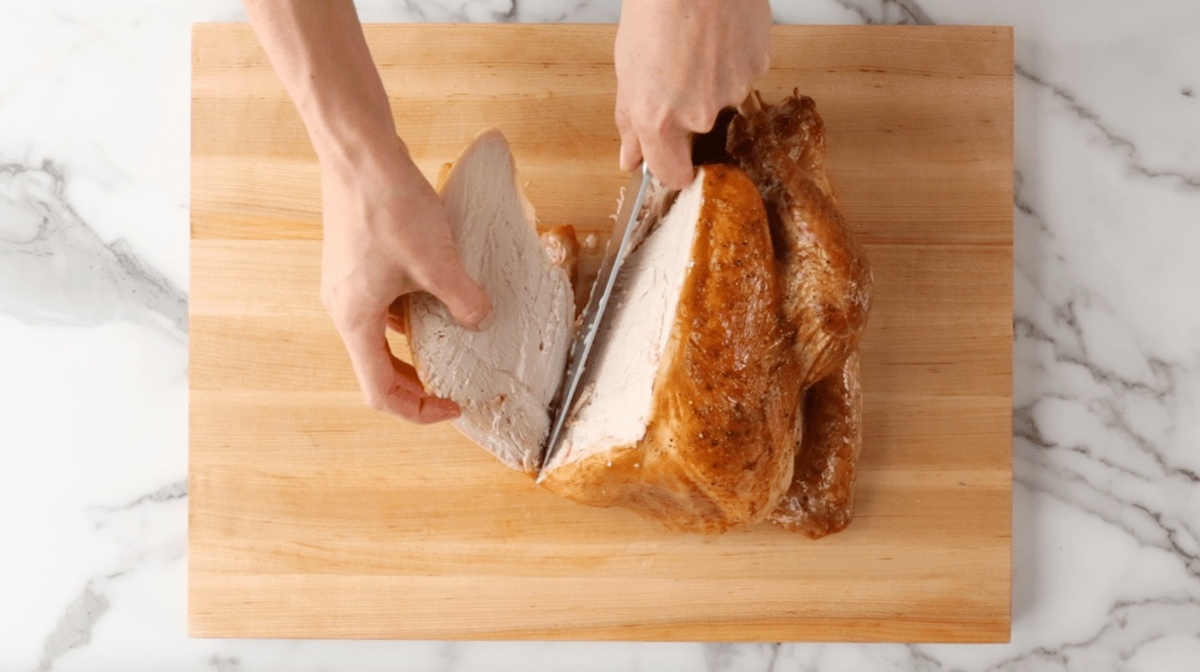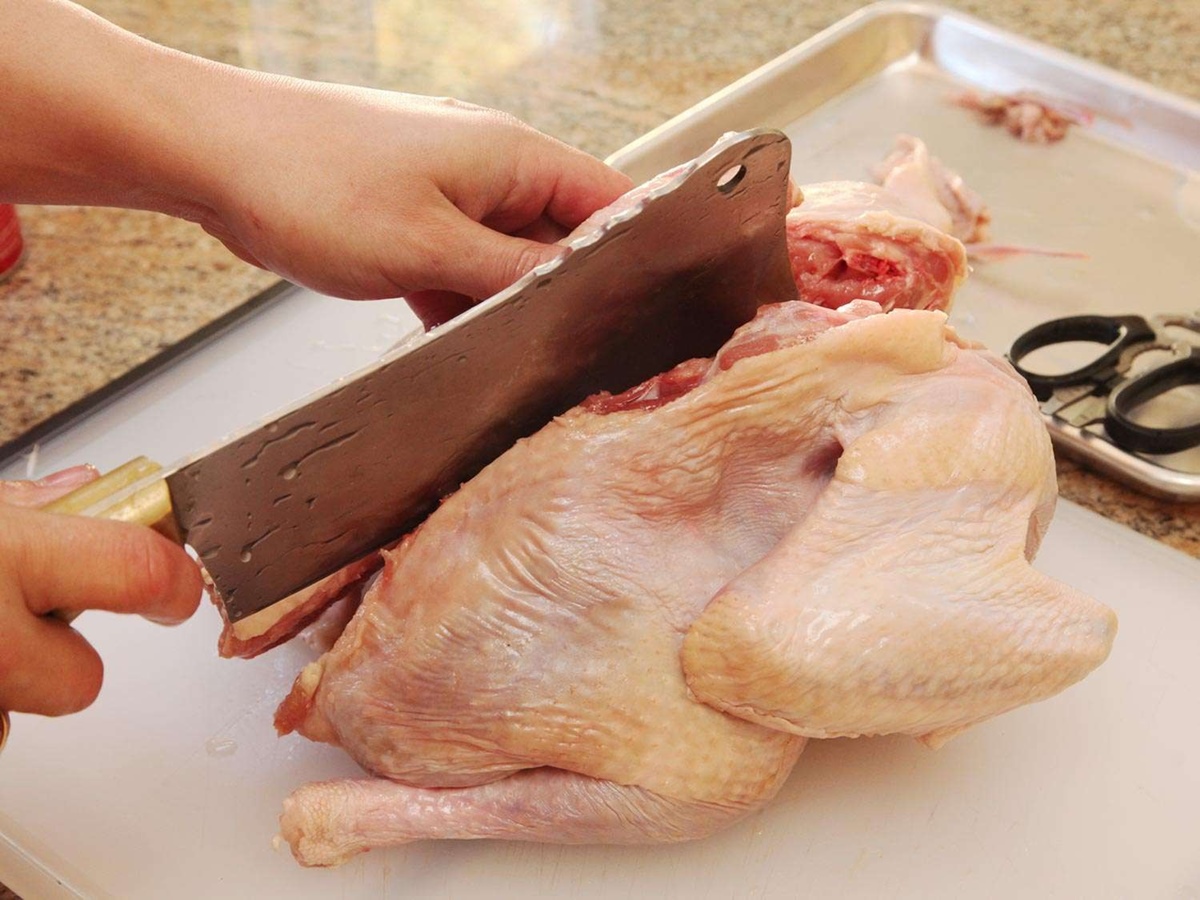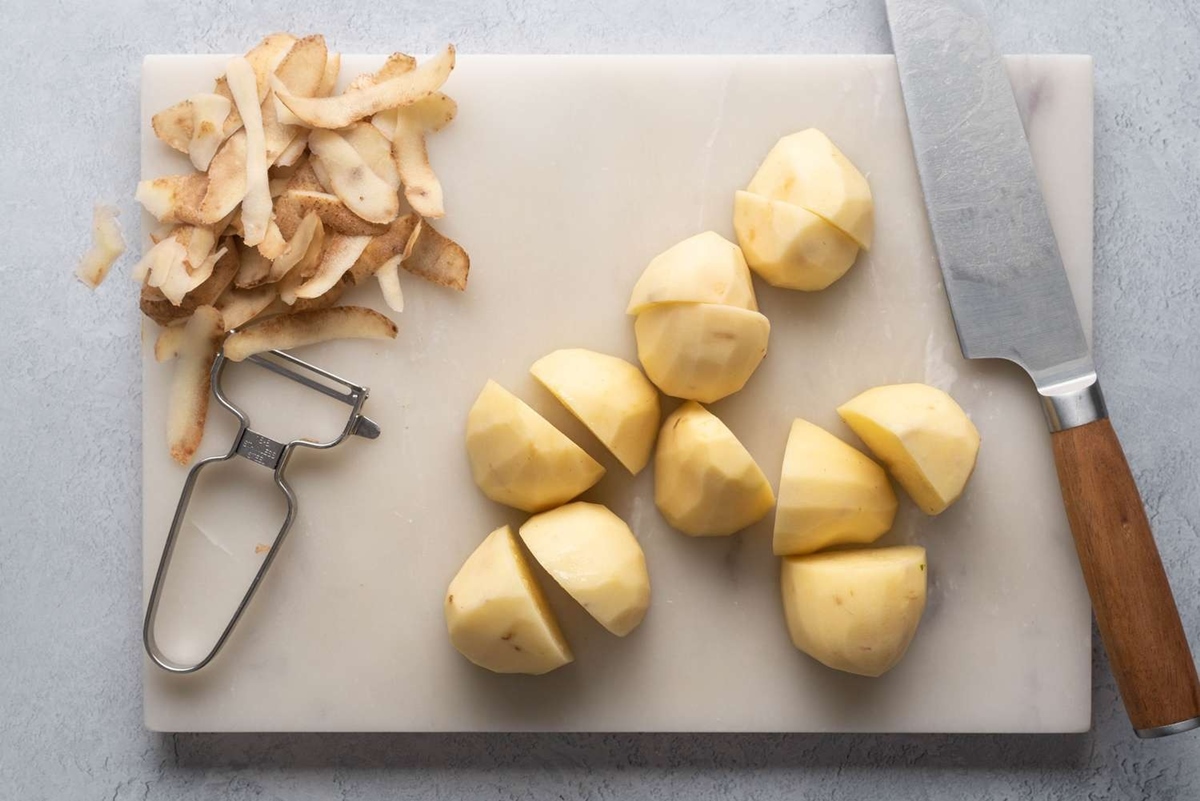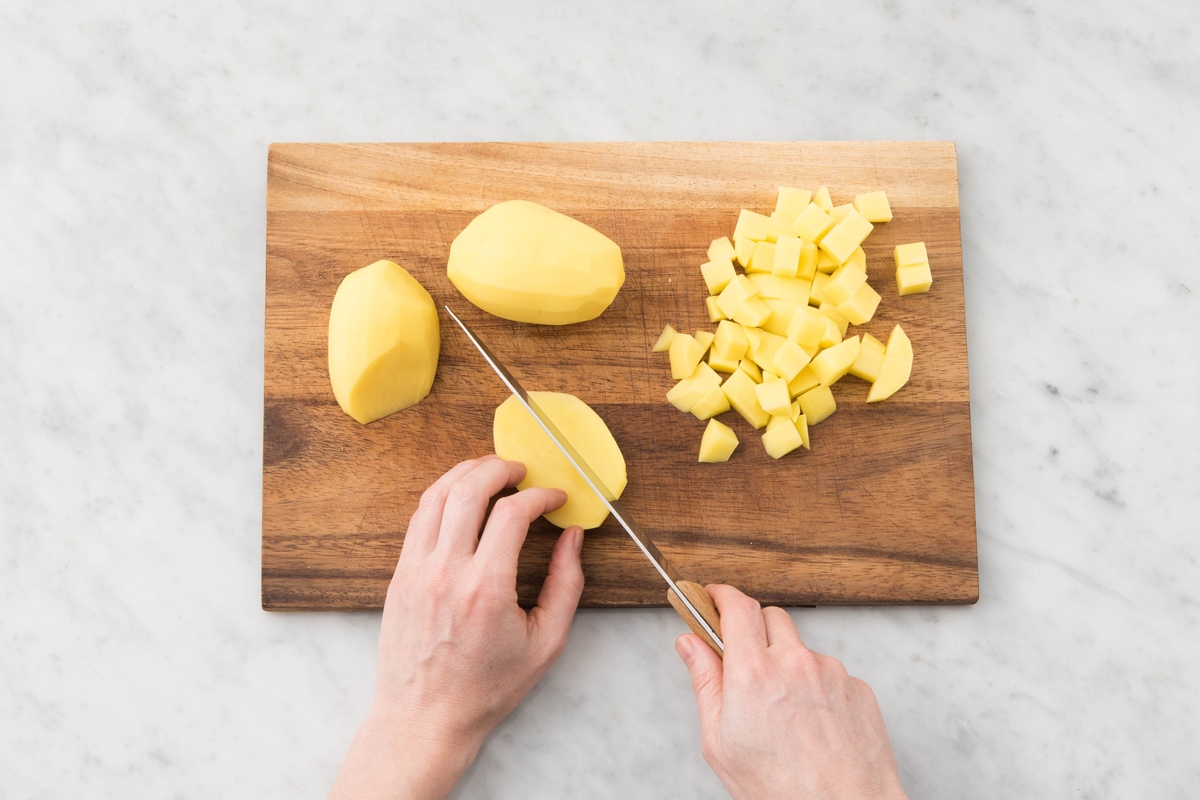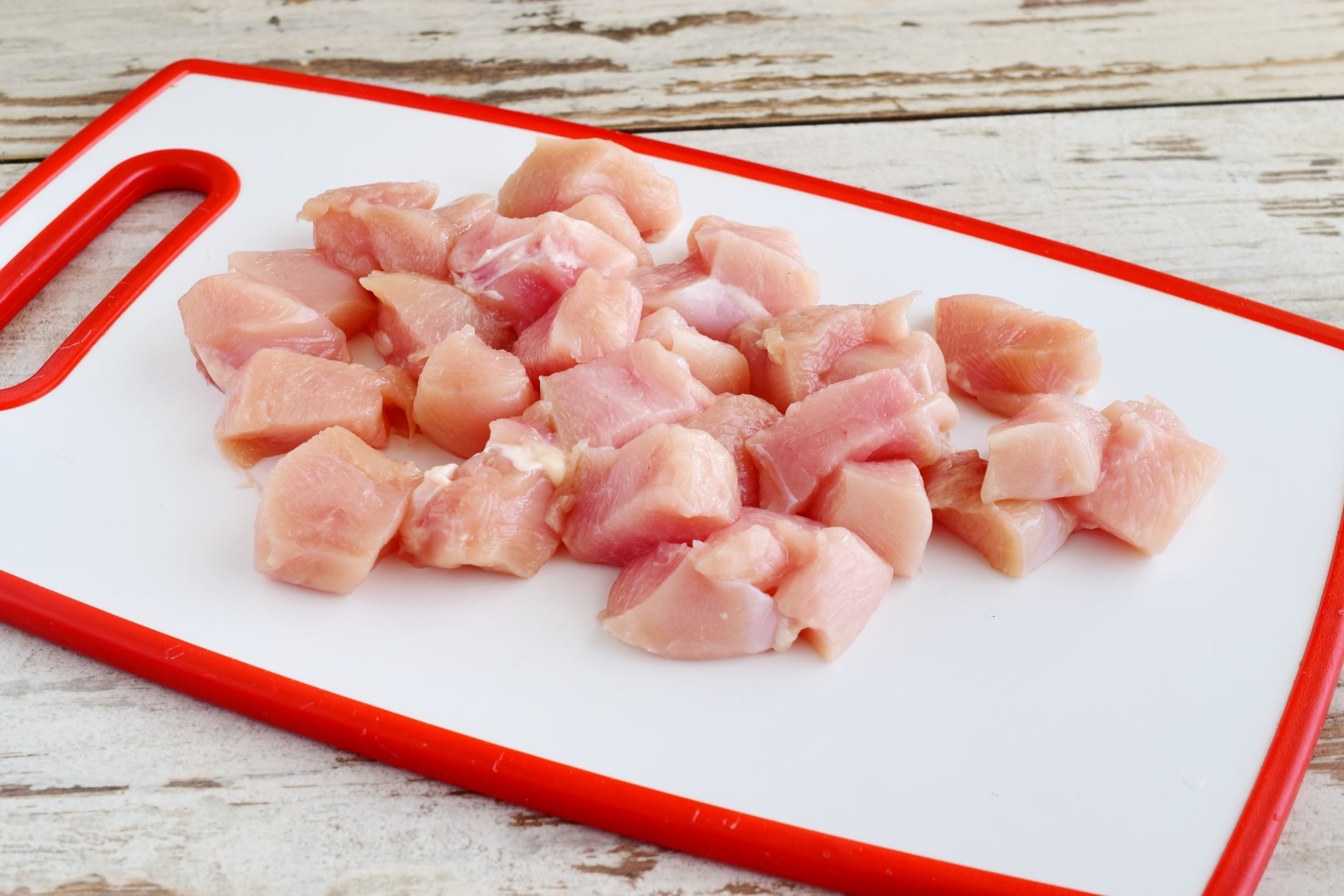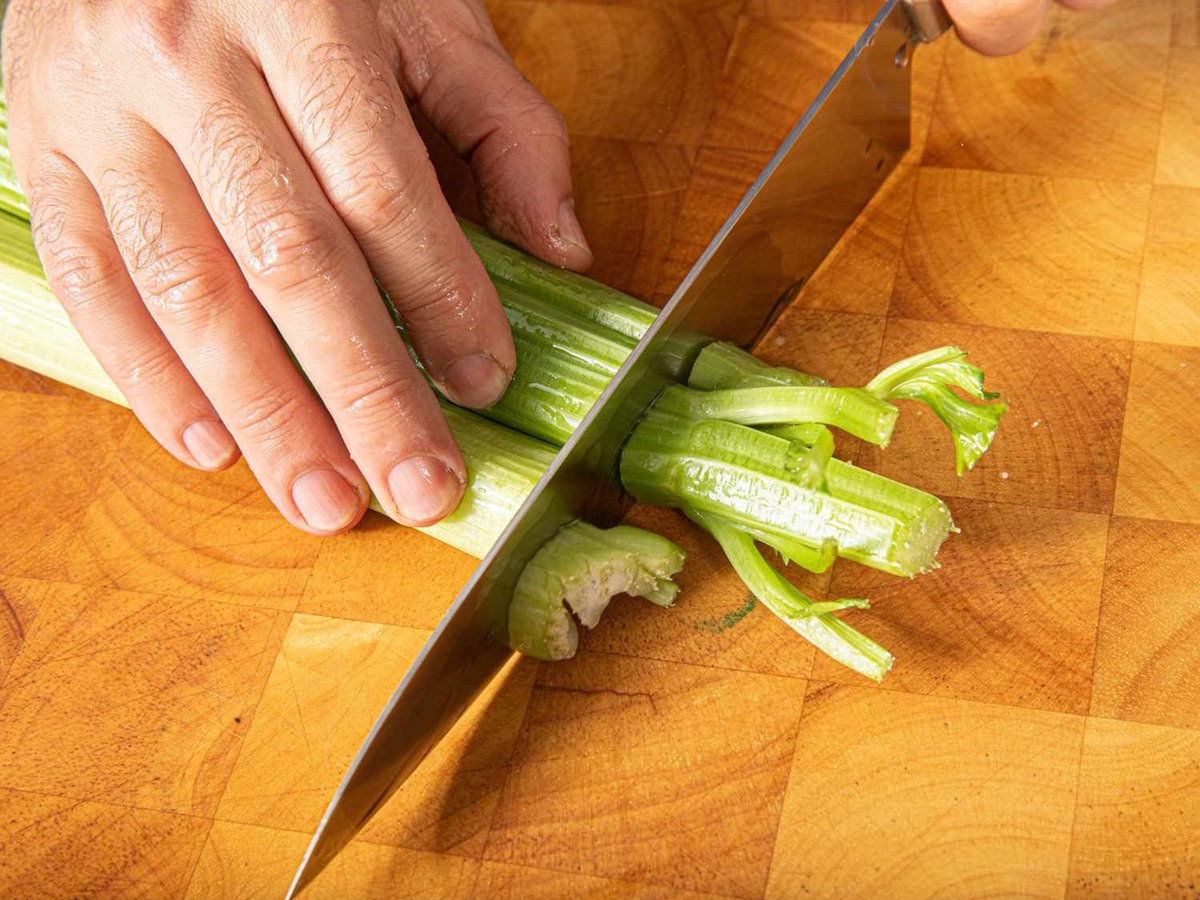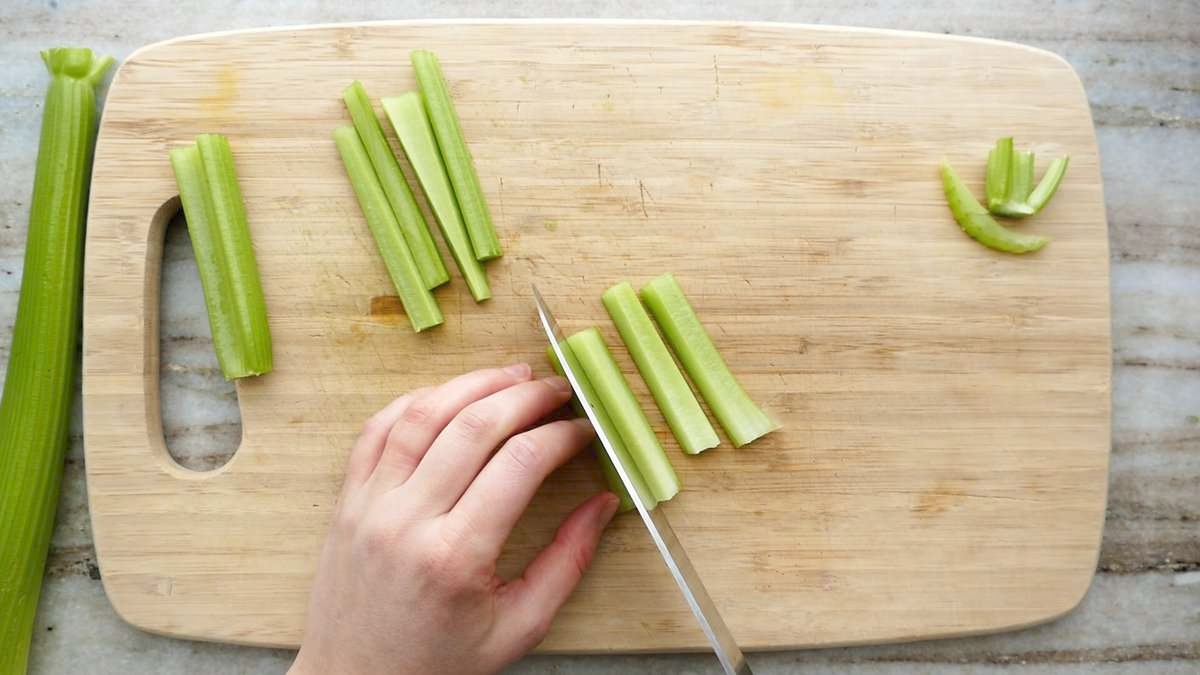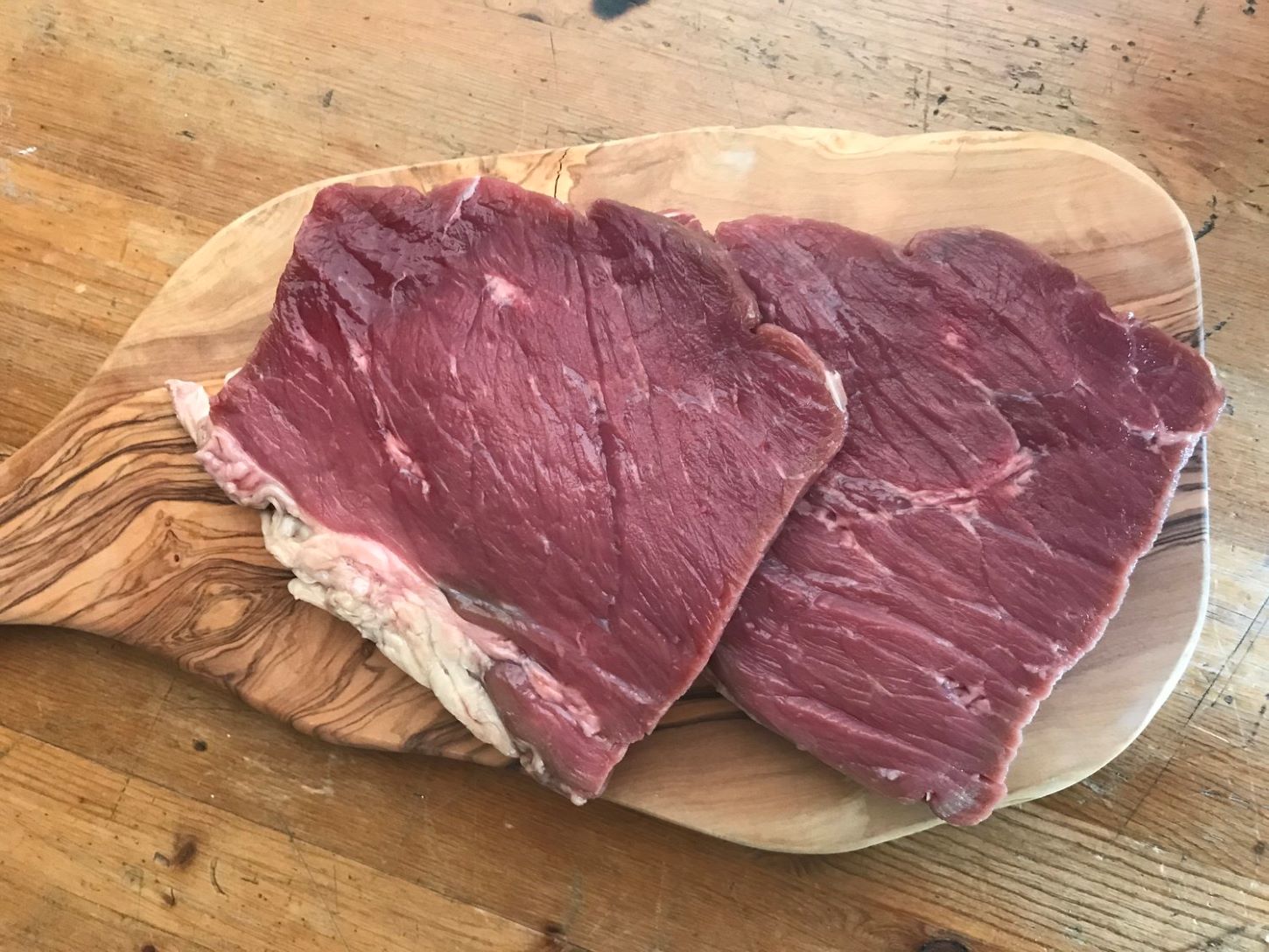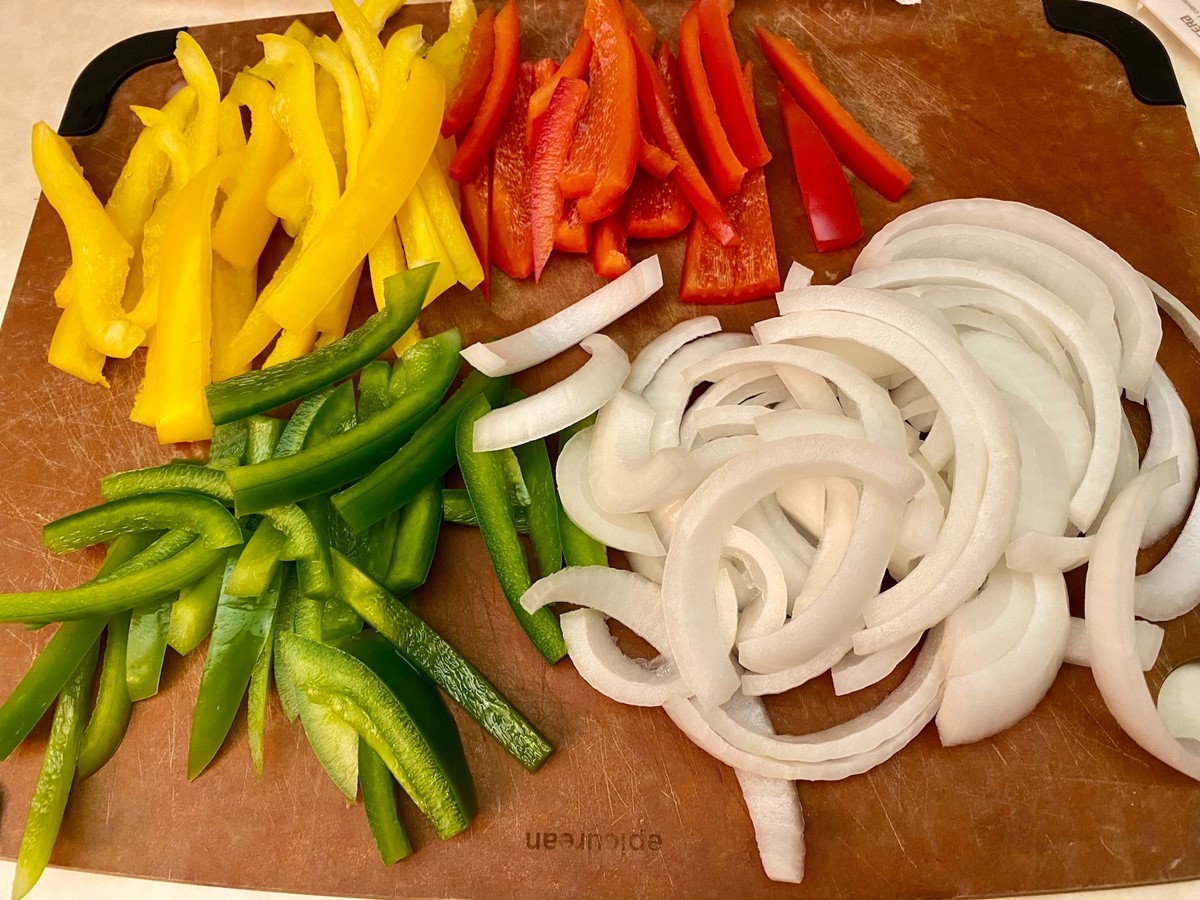How To Cut Beef Ribs: A Step-by-Step Guide for Succulent Delights
Nothing quite satisfies like sinking your teeth into a juicy, tender slab of beef ribs. Whether you’re preparing a mouthwatering barbecue feast or a comforting home-cooked meal, knowing how to properly cut beef ribs is essential to unlocking their full flavor potential. In this step-by-step guide, we will take you through the process of preparing succulent beef ribs that will leave your taste buds longing for more.
Step 1: Gather Your Tools
Before delving into the art of cutting beef ribs, make sure you have the necessary tools on hand:
- Meat knife or butcher knife
- Cutting board
- Paper towels
Step 2: Choose the Right Type of Beef Ribs
When it comes to beef ribs, you have a couple of options:
- Back Ribs: These are cut from the prime rib area and are the most tender and meaty.
- Short Ribs: These are cut from the lower chest area and are known for their rich marbling and intense beef flavor.
To cater to different preferences, you may want to offer both types of beef ribs when planning your meal.
Step 3: Prepare the Beef Ribs
Before cutting the beef ribs, it’s important to prepare them:
- Remove the Membrane: Locate the thin, white membrane on the bone side of the beef ribs. Using your fingers or a paper towel, grip the membrane and peel it off.
- Trim Excess Fat: Trim any excess fat from the surface of the beef ribs. Leaving a thin layer of fat will enhance the flavor and tenderness.
Step 4: Determine Portion Sizes
Depending on the occasion and serving preferences, you can cut beef ribs into individual portions or opt for larger slabs. Consider the size of your cooking vessel and the number of guests before deciding on portion sizes.
Step 5: Find the Natural Separation Points
Beef ribs are composed of individual bones connected by cartilage. To ensure maximum tenderness, it’s crucial to cut along the natural separation points. Look for visible lines that indicate where the bones are joined.
Step 6: Cut the Beef Ribs
Using a sharp knife, cut through the cartilage at the natural separation points to separate the beef ribs into desired portions. Take your time and use a smooth, controlled motion to avoid any mishaps.
Step 7: Serve and Enjoy
Now that you’ve mastered the art of cutting beef ribs, it’s time to savor your culinary creation. Whether you’re grilling, smoking, or braising the beef ribs, the final step is to serve them with your favorite sides and enjoy the melt-in-your-mouth goodness.
By following these step-by-step instructions, you’ll become a beef rib-cutting expert in no time. Impress your friends and family with perfectly portioned and irresistibly delicious beef ribs that will have them begging for your secret recipe.
Remember, practice makes perfect, so don’t be discouraged if your first attempts aren’t flawless. With time and experience, you’ll refine your technique and become a true connoisseur of delectable beef ribs.
More Delicious Recipes Featuring Beef Ribs
After mastering the art of cutting beef ribs, it's time to put those skills to the test with a variety of tantalizing recipes. From the richly flavored Smoky_Barbecued_Beef_Ribs to the tender and succulent Braised_Beef_Short_Ribs_Red_Wine, these dishes provide perfect opportunities to practice and perfect your rib preparation techniques. For a cultural twist, try the Korean_Grilled_Beef_Ribs_Galbi which offers a delightful blend of sweet and savory flavors. Additionally, the Slow_Cooked_Beef_Ribs_BBQ is highly recommended for its deep, complex flavors that develop beautifully over the cooking process. Each recipe allows you to explore different aspects of beef rib cooking, from marinating and seasoning to braising and grilling, ensuring a deliciously rewarding experience.
Was this page helpful?
Read Next: How To Cut Sausage Links
